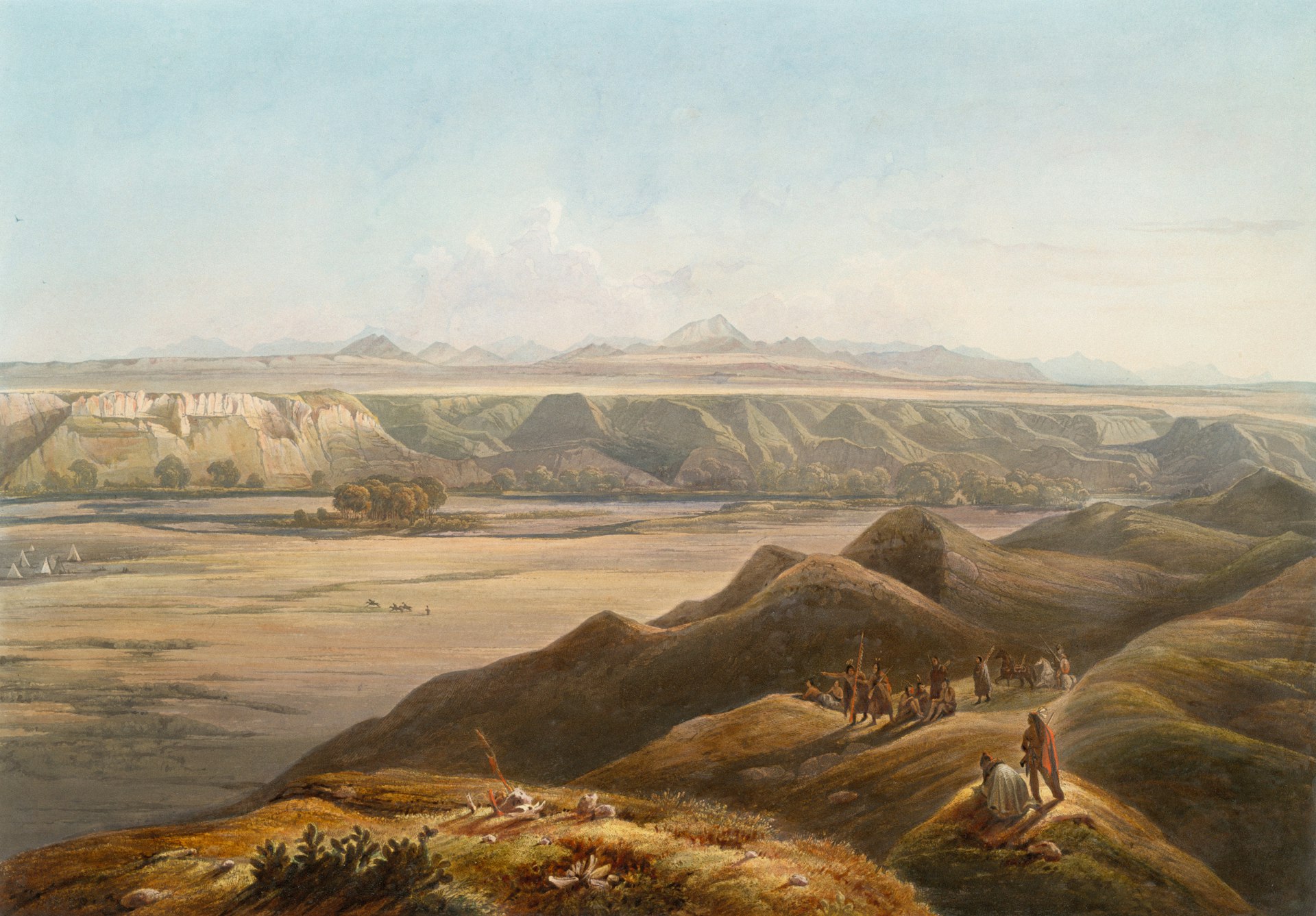Cutting-Edge Techniques and Challenges in Dark Matter Detection

Photo by Aedrian Salazar on Unsplash
Introduction
Dark matter remains one of the greatest mysteries in modern physics. Although indirect evidence suggests it makes up about 85% of the universe’s matter, its elusive nature has challenged scientists for decades. The search for dark matter is not only a quest to understand the universe’s composition but also a test of the limits of current technology and experimental ingenuity. This article explores the prominent techniques used in dark matter detection, recent advances, and the challenges researchers continue to face in this rapidly evolving area.
Direct Detection Techniques
Direct detection experiments aim to observe dark matter particles as they interact with ordinary matter. Historically, most efforts have focused on two leading candidates: Weakly Interacting Massive Particles (WIMPs) and axions . WIMPs are theorized to interact through the weak nuclear force, while axions are much lighter and interact differently. Recent experiments, however, are expanding beyond these traditional targets to explore previously untested mass ranges and interaction types.
The TESSERACT Experiment
The
TESSERACT
project uses highly sensitive transition-edge sensors, allowing it to probe for low-mass dark matter that lies between the mass ranges typically targeted by WIMP and axion experiments. These detectors are capable of identifying energy deposits as small as those caused by dark matter particles a hundred to a thousand times lighter than a WIMP. Notably, TESSERACT has set new limits on low-mass dark matter, exploring masses as low as 44 MeV/c
2
, a range inaccessible to previous experiments. Although no evidence has been found so far, the experiment is ongoing and expected to become even more sensitive as the technology matures and moves to underground facilities to minimize background noise
[1]
,
[3]
.
Large-Scale Detectors: DEAP-3600
The
DEAP-3600
experiment uses over three tons of liquid argon as a scintillation target, located deep underground to shield it from cosmic rays and other background radiation. The detector distinguishes between nuclear recoils (potential dark matter signals) and electronic recoils (background) using the unique timing characteristics of scintillation light. Recent hardware upgrades, including the application of wavelength-shifting coatings and improved particulate filtration, have significantly reduced background noise. This increases the experiment’s sensitivity to WIMPs, allowing it to set stringent exclusion limits for WIMP masses above 20 GeV/c
2
. Operations with these upgrades are slated to begin soon, potentially opening new avenues for direct detection
[2]
.
Innovative Approaches: Internal Pair Production
Researchers are exploring novel detection channels, such as internal pair production. In this approach, high-energy dark matter particles may scatter off nuclei, emitting a lepton-antilepton pair (such as an electron-positron or muon-antimuon pair). These distinct signals can be separated from backgrounds in large neutrino experiments, offering an alternative method to identify dark matter interactions. This method is particularly appealing for short-baseline neutrino facilities, where high-intensity beams increase the likelihood of observing rare events. While still in the proposal and early testing stages, this technique could complement existing searches by targeting different interaction signatures [4] .
Indirect Detection and Astrophysical Methods
Indirect detection seeks evidence of dark matter through its astrophysical effects or products of its annihilation or decay, such as gamma rays, neutrinos, or cosmic rays. While these signals are more challenging to interpret due to background noise from conventional astrophysical sources, they offer an important complementary strategy to direct detection experiments.
Precision Astrometry and Ultralight Dark Matter
Recent advances leverage precision measurements in astronomy to constrain the properties of ultralight dark matter. For example, studies using atomic clocks and laser interferometry can search for minuscule changes in fundamental constants or gravitational effects that may be caused by ultralight particles. These methods focus on mass ranges below 10
-22
electron volts, corresponding to particles with wavelengths on galactic scales. By combining data from cosmic microwave background (CMB) measurements and large-scale structure observations, researchers can enhance constraints on these candidates, potentially addressing challenges in cosmology related to small-scale structure formation
[5]
.
Challenges in Dark Matter Detection
Despite significant technological progress, several key challenges continue to impede the direct detection of dark matter:
- Background Noise: Experiments must discriminate between signals caused by dark matter and those from cosmic rays, radioactivity, or detector materials. Innovations in shielding, material purity, and data analysis are essential to reduce false positives.
- Low Interaction Rates: Dark matter is expected to interact extremely weakly with ordinary matter, so experiments must operate for extended periods and at large scales to observe statistically significant signals. This drives the need for larger, more sensitive detectors and international collaboration.
- Uncertain Properties: Theoretical models predict a broad range of possible dark matter masses and interaction strengths. As a result, no single experiment can probe the entire parameter space, necessitating a diverse array of complementary techniques.
- Technological Limitations: Realizing the sensitivity required for next-generation experiments demands continual advances in detector technology, data acquisition systems, and background suppression methods.
Accessing Research and Getting Involved
For those interested in learning more or participating in dark matter research, several options are available:
- Visit the official websites of major research laboratories such as the Department of Energy’s Lawrence Berkeley National Laboratory, Fermilab, or SNOLAB to find announcements about current experiments and opportunities for collaboration.
- Search for academic conferences and workshops, such as the UCLA Dark Matter conference, which often feature presentations and discussions on the latest developments. These events may be open for remote participation or in-person attendance.
- Students and early-career scientists can explore internships, graduate programs, or postdoctoral positions in experimental or theoretical particle physics at universities and national laboratories. Begin by searching for “dark matter research opportunities” at institutions with active programs in astrophysics or particle physics.
- If you’re interested in contributing to citizen science efforts, periodically check with major observatories, research collaborations, or outreach portals for opportunities to assist in data analysis or public engagement projects.
Alternative and Emerging Approaches
As the scientific community continues to push the boundaries of dark matter detection, alternative approaches are gaining traction. Paleo-detectors, for example, aim to use naturally occurring minerals as passive detectors that record interactions over geological timescales. This technique could provide constraints on dark matter properties by analyzing damage tracks left by rare events within ancient crystals [2] .
Another avenue is the integration of quantum technologies, such as quantum sensors and superconducting devices, to achieve unprecedented sensitivity for low-mass dark matter candidates. As these technologies develop, they could open new windows into unexplored regions of parameter space, potentially revealing previously undetectable forms of dark matter [1] .
Summary and Outlook
Progress in dark matter detection relies on a multifaceted approach, combining traditional methods with innovative technologies and cross-disciplinary collaborations. As experiments become more sensitive and probe new mass ranges, the potential for groundbreaking discoveries increases. However, the challenges of background noise, low interaction rates, and uncertain theoretical models mean that the field will continue to demand both patience and creativity. For those eager to follow or join this search, engaging with leading research institutions, attending conferences, and exploring educational opportunities are the best starting points. The hunt for dark matter is not just a scientific endeavor-it is a story of ingenuity, perseverance, and the pursuit of understanding the fundamental nature of our universe.

Photo by BoliviaInteligente on Unsplash
References
- [1] Lawrence Berkeley National Laboratory (2025). Small But Mighty: TESSERACT Joins the Hunt for Dark Matter.
- [2] UCLA Dark Matter 2025 – Indico Global (2025). Hardware upgrades to the DEAP-3600 dark matter detector to enhance WIMP sensitivity.
- [3] Florida State University (2025). FSU researchers part of TESSERACT’s hunt for dark matter.
- [4] Phys.org (2025). Internal pair production could enable direct detection of dark matter.
- [5] Phys.org (2025). Astrophysicists propose new method to directly detect ultralight dark matter.



